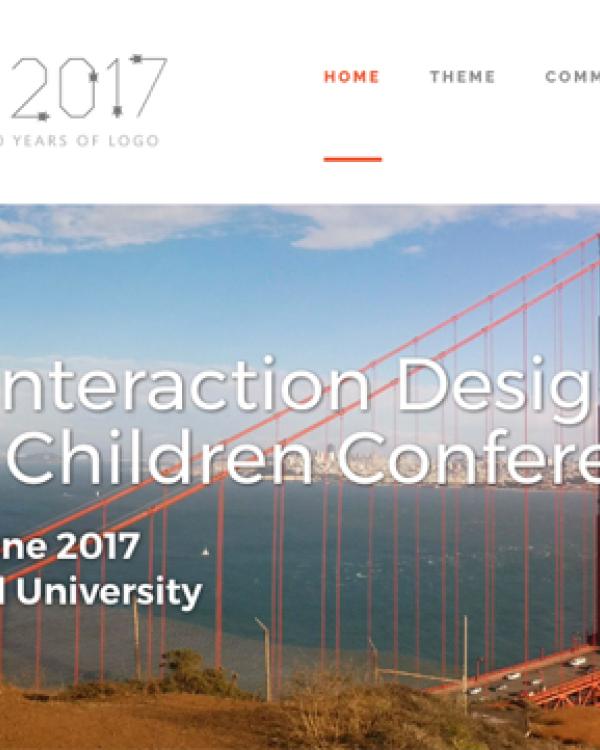
Faculty members and graduate students from UC Santa Barbara’s Gevirtz School presented at the 16th Interaction Design and Children Conference, IDC 2017, which was held at Stanford University, June 27-30. Interaction Design and Children is an interdisciplinary international community focusing on the promises and challenges of leveraging technology so as to enable children to participate in nurturing and empowering experiences and bring children’s voice and sentiments into this process.
One group presented a full paper as part of the section Learning and (Parental) Engagement. Doctoral candidate Jasmine McBeath, along with Professors Richard Duran and Danielle Harlow, presented the paper “Not my Gumdrop Buttons! Youth Tool Use in Designing an Electronic Shrek-themed Bean Bag Toss.” A second group presented in the work in progress/late breaking portion of the conference. Doctoral candidate Mandy McLean, along with Professor Harlow, presented “Designing Inclusive STEM Activities: A Comparison of Playful Interactive Experiences Across Gender.” A third group also presented in the late-breaking session: graduate students James Gribble and Alexandria Hansen, with faculty members Harlow and Diana Franklin fro Computer Science, presented the paper "Cracking the Code: The Impact of Computer Coding on the Interactions of a Child with Autism." All participants are from the Department of Education.
The mission of the IDC conference is to bring together researchers, designers, and educators from the cognitive sciences, human-computer interaction, learning sciences, and the various formal and informal educational settings, to explore new forms of technology, design and engaged learning among children. The annual conference incorporates papers, presentations, speakers, workshops, participatory design experiences and discussions on how to create better interactive experiences for children. IDC 2017 offers a wide-ranging program, supporting and facilitating the exchange of ideas within and between all of these communities. The theme of this year’s conference was “Logo: The Next 50 Years.” (Logo is an innovative programming language that materialized as a pedagogical vision of empowering children.)